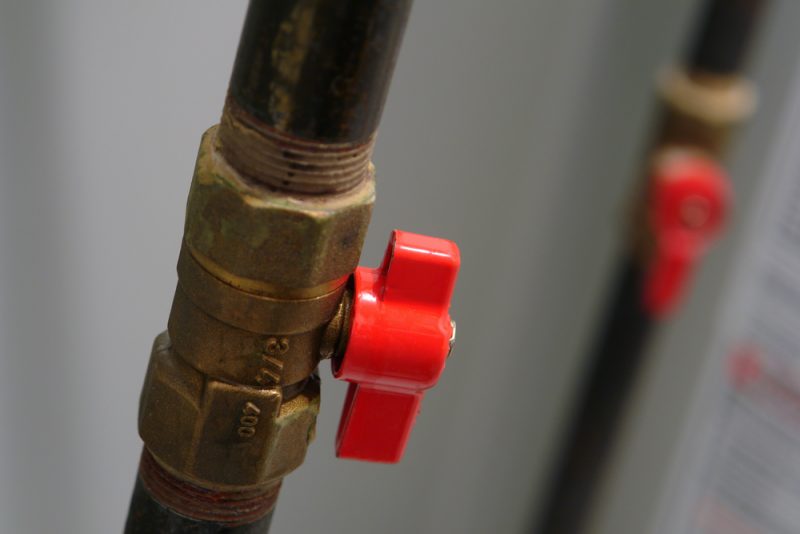Minnesota commission orders utilities to pay for excess flow valves on gas lines

The Minnesota Public Utilities Commission recently announced that it will require natural gas distribution utilities in the state to pay for excess flow valve (EFV) on gas lines if customers request them and to notify customers of their right to request an EFV.
The mandate states that a customer shall pay only the cost of excavation and surface restoration for the installation of an excess flow valve (EFV) on an existing line. EFVs are safety devices installed on natural gas distribution pipelines which reduce the risk of explosions by automatically stopping excessive, unplanned gas flows. They are installed where a service line that serves a home or business joins the distribution pipeline.
The commission requires that the utility pays for the cost of the device itself, as well as associated materials and labor incurred in the installation. The commission also said that once the EFV is installed, there is no cost to the customer for maintenance.
The commission also noted that each utility that does not already have EFVs and manual service line shut-off valves on the entirety of its system meet with local schools, hospitals, and multi-unit residential and nursing facilities to discuss them.
Congress passed a law in 2006 that required the installation of EFVs on all newly installed or replaced service lines supplying gas to single-family homes. In 2016, the Pipeline and Hazardous Materials Safety Administration (PHMSA) issued a rule saying that utilities should install an EFV on an existing service line if a customer requested one. However, the PHMSA did not mandate how the costs of installation should be allocated.
